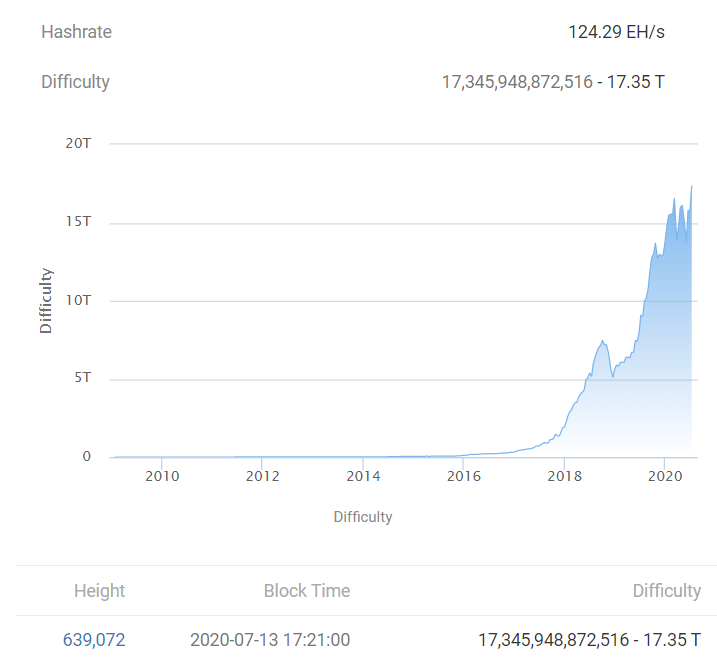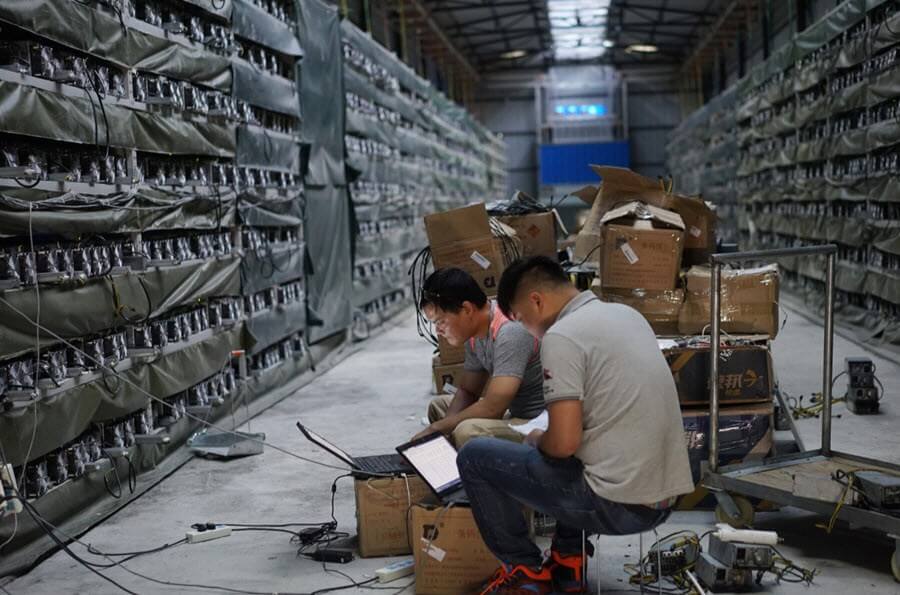Bitcoin’s mining difficulty saw a 10 percent upward adjustment today, causing hash rates to reach a historic all-time high of 17 trillion.Changes in mining difficulty alter the environment for Bitcoin miners, causing many to either leave the business or purchase better rigs to continue.The activity has set off a proprietary indicator used by an algorithmic trader; it’s signaling a bull market ahead.Bitcoin difficulty at ATHsData on BTC.com shows Bitcoin hash rate difficulty has crossed 17 Trillion. The metric comes less than two months after Bitcoin’s halving event on May 12:

#Bitcoin Hash Ribbons “Buy” signal just confirmed.
The post-Halving signal is particularly special.
It will probably be a very long time until the next occurs.
…and so the great bull run begins.https://t.co/l90SDYs8kC
— Charles Edwards (@caprioleio) July 13, 2020
Edwards’ indicator similarly popped off in April this year, with Bitcoin surging from low-$7000s to over $10,000 in the following weeks.But it’s not all fun and no work:
However, this may be the most high risk signal to date.
Why?
– All Halvings have had another capitulation
– Miners are running at break even today
– Global recession = tighter liquidity = credit crunch
In 2020 there is a greater probability of more miners defaulting.
— Charles Edwards (@caprioleio) April 25, 2020
He said in April that “all prior halvings had another capitulation within 3 months after the [event].”“If considering Bitcoin accumulation for long-term positions which will be held for at least 1 year, “dollar-cost averaging” (buying in increments over the next 30 days) should be a good strategy,” concluded the Capriole asset manager at the time.As per Edwards’ blog, the long-only Hash Ribbon calculates miner capitulation and sentiment to identify entry opportunities in Bitcoin.









